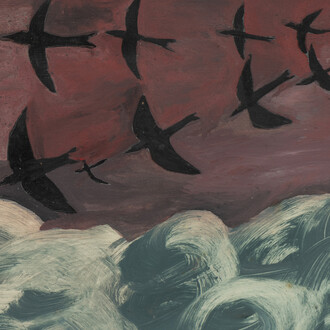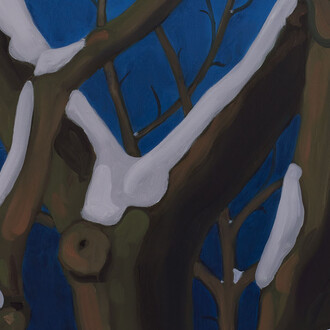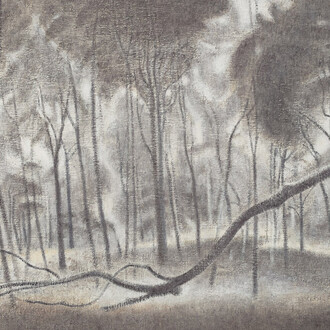The Department of Drawings and Prints boasts more than one million drawings, prints, and illustrated books made in Europe and the Americas from around 1400 to the present day. Because of their number and sensitivity to light, the works can only be exhibited for a limited period and are usually housed in on-site storage facilities. To highlight the vast range of works on paper, the department organizes four rotations a year in The Robert Wood Johnson, Jr. Gallery. Each installation is the product of a collaboration among curators and consists of up to one hundred objects grouped by artist, technique, style, period, or subject.
This installation features works on paper that engage with their subject matter in different ways, by purposefully putting things on display, uncovering the unseen, or keeping them hidden. In conjunction with the exhibition Jewelry: The Body Transformed, a selection of drawings, prints, albums, and books focuses on jewelry designs from the sixteenth through to the twentieth century, including original designs by Erté and a representation of the infamous necklace that brought scandal to Queen Marie Antoinette. Spanish drawings of the seventeenth century, academic nudes from France and England, and a rare set of anatomical prints by the Spanish artist Crisóstomo Martínez y Sorli explore ways in which artists discovered and represented the human body.
Also on view are several recent acquisitions, including a fourteen-foot-long frieze representing the Triumph of Julius Caesar (1599) by the Italian printmaker Andrea Andreani after the design of Italian court artist Andrea Mantegna, and a powerful triptych (2017) by the contemporary artist Kara Walker. Other prints and artist's books from the twentieth and twenty-first centuries engage with perception and the effects of materials; images of the night sky; experimentation, variations, and unconventional processes in modern printmaking; and questions of language, voices, and representation.
















